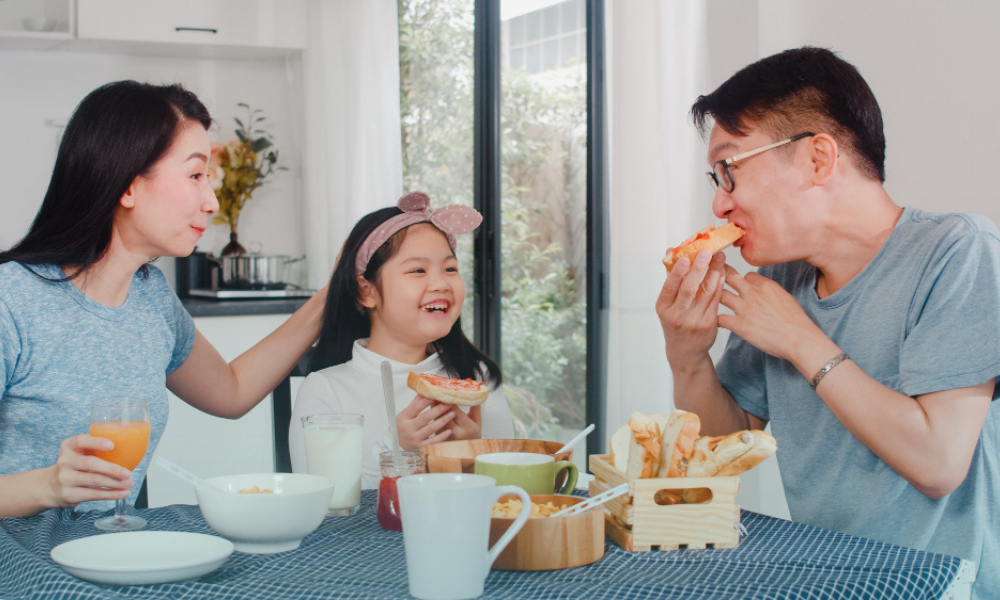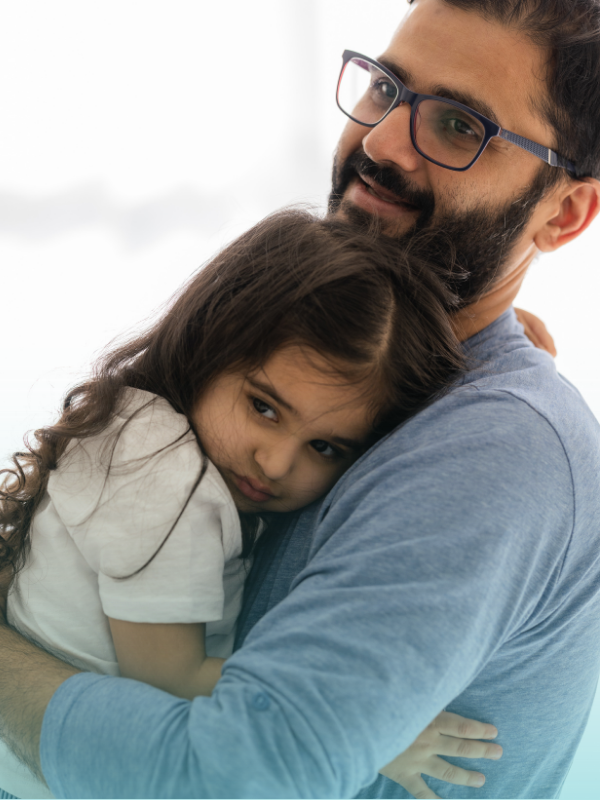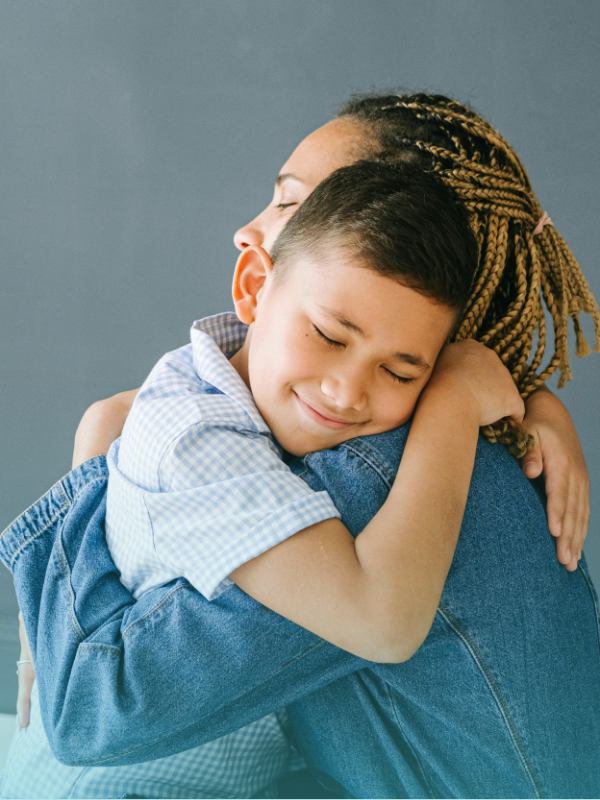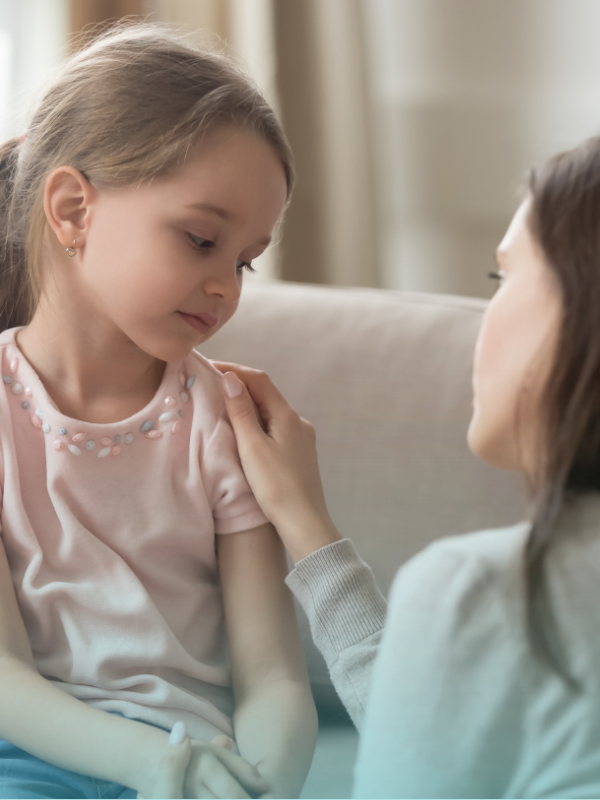
One mom told us, “Last week, I hid in the pantry for two minutes just to breathe. Between homework battles, work emails, and bedtime drama, I felt like I was…

One mom told us, “Last week, I hid in the pantry for two minutes just to breathe. Between homework battles, work emails, and bedtime drama, I felt like I was…

Helping children cope with anxiety doesn’t have to mean overhauling your entire routine. Sometimes, the biggest impact comes from the smallest shifts: an extra minute of connection, a different way…

Knowing how to build resilience in school-age kids isn’t about being perfect – it’s about helping them practice small habits that build emotional strength over time. When children learn to…

Daily mindfulness routines for families can ease stress, build connection, and create calm—no special tools, just presence and practice. These can be as simple as one deep breath together before…

Nurturing emotional health in kids doesn’t have to be complicated. In fact, the most powerful ways to support your child’s feelings are often the simplest: listening closely, showing up with…

Big emotions are part of childhood but that doesn’t make them easy to handle. Many parents wonder how to respond when their child melts down or shuts down. In this…